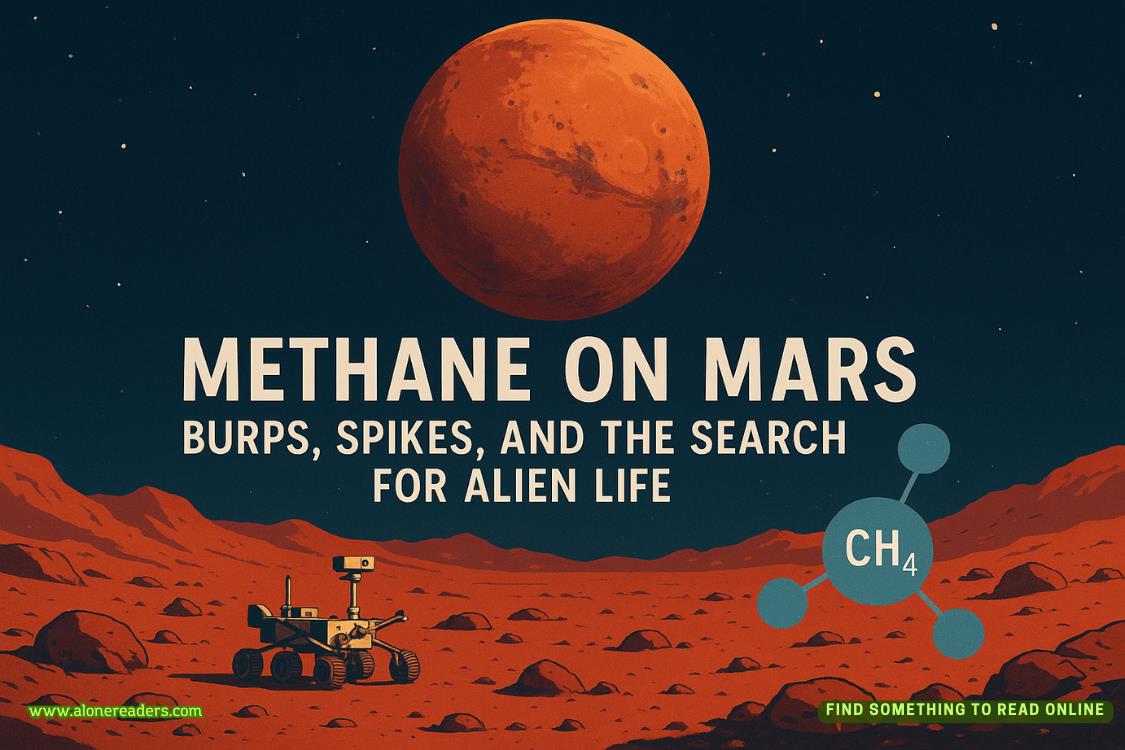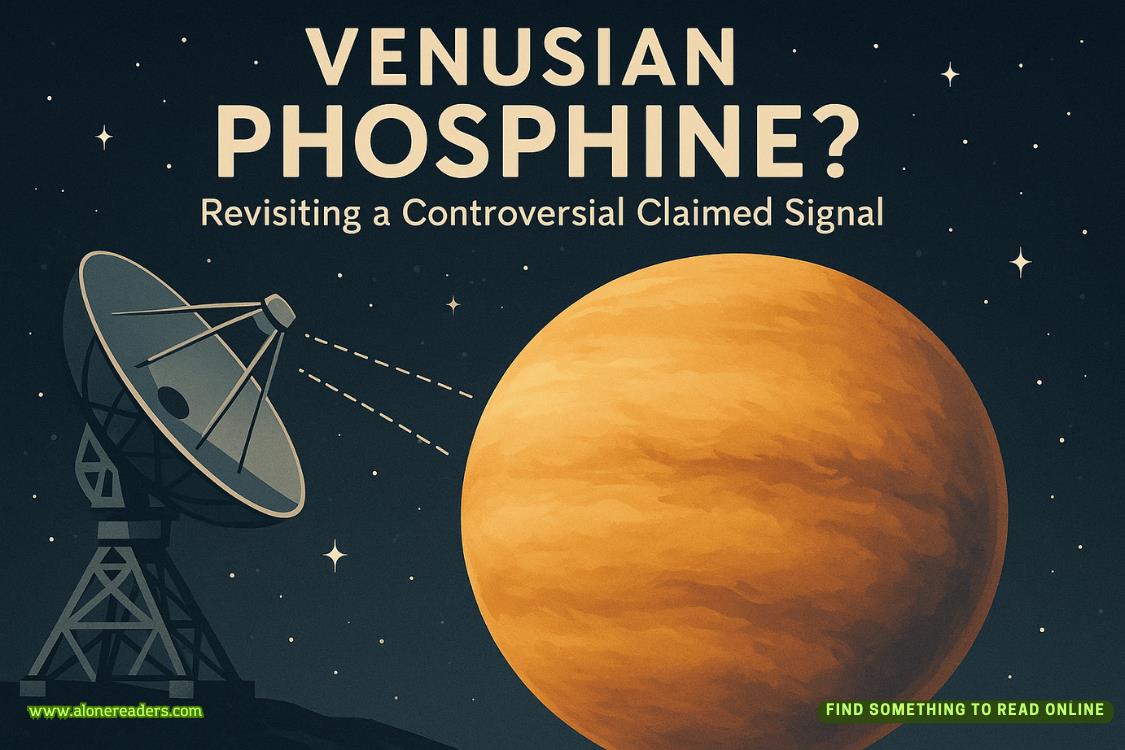Page 164 of The Oligarch's Daughter
The two men hugged each other.
“You’re absolutely right, Stan,” the professor said after Paul and his father had recounted their story. “This uses backdooring primes in the Diffie-Hellman key exchange algorithm. Like the backdoor discovered in the Dual EC DRBG.”
“Sorry—what’s that?” Paul asked, trying valiantly to keep up.
“The Dual Elliptic Curve Deterministic Random Bit Generator.”
“Ah,Isee,” Paul said dryly.
“It’s a bug in the Diffie-Hellman algorithm introduced by the NSA,” Professor Sweetwater said. “See, they put out a crypto algorithm that contained a backdoor known only to them. I mean, they bribed RSA Security to put the backdoor in their software.”
“Much clearer,” Paul said, smiling faintly.
“Wow, what is this?” Stan said, tapping the front of a large computer standing on the floor in a rack five feet high with cables snaking out of it and coiling on the floor.
“It’s got eight Nvidia Hopper GPUs,” Professor Sweetwater said.
“I’ve onlyheardof that,” Stan said, marveling.
Sweetwater turned to Paul. “Whatever’s on this drive, it’s a fossil. Seven years ago, this might have been unbreakable.”
“But now?”
“A breeze. First thing we do is run a virus check on this thing.” The professor’s high-performance computer was buzzing and whirring and whining.
Apparently, the USB stick passed his test, because the next thing Paul saw was Sweetwater’s computer screen filling up with neat rows of green and red numbers like soldiers on parade. The professor said something about hexadecimal numbers and complex numbers.
Paul said, “Uh-huh.”
Professor Sweetwater said something about a lattice and elliptic curves and modular exponentiation.
Paul said, “Uh-huh.”
Yet his father was following along avidly. “That’s a defective crypto system,” he said.
Sweetwater said to Stan, “If I had a quantum computer, I’d try to factor them using Peter Shor’s algorithm.”
As both men chortled quietly, Paul surveyed the office. He saw a framed photo on the wall of Moss Sweetwater with a handsome black Labrador, a red bandana around its neck.
“That your Lab?” Paul asked.
“Yup. That’s Évariste.”
Paul nodded, continued scanning. He saw a silver-framed citation, the Presidential Early Career Award for Scientists and Engineers. Framed covers of journal articles. On a regular steel desk were a vintage robot from RadioShack; a toy light saber with signatures all over it in Sharpie marker; a well-worn paperback copy ofPnin, by Vladimir Nabokov; a Japanese tea set. Next to the desk, shelves of yellow math books and theYale Banneryearbook for 2015. A photograph of Professor Sweetwater at the White House; another of the professor, this time with Paul’s father, a younger, happier Stan Brightman—both accepting some kind of award.
Stan and his old student chatted far more and more easily than Stan had ever chatted with his son. Some twenty minutes later, the professor said, “Anyone here read Russian?”
Paul circled back to the computer screen. “I do, a little.”
He stared at the screen. It appeared to be an archive of emails, mostly in Russian, going back decades. He skimmed the emails, clicking and clacking and scrolling. He understood very little of it. The Cyrillic characters were interrupted occasionally, here and there, by stock symbols in English and occasional dollar signs. The emails were between two people: Arkady Galkin and Geraldine Dempsey. Both had Proton Mail accounts. Dempsey writing in Russian. Signing her emails “GP” in Cyrillic letters. Galkin signed his notes “AG.”
No wonder Dempsey was so desperate to retrieve the thumb drive, this secret cache of messages.
Arkady Galkin had Geraldine Dempsey, a top-ranking CIA officer, on his payroll.
“Who or what is Phantom?” the professor asked.
“It’s an operation,” Paul said. “A CIA operation.”















